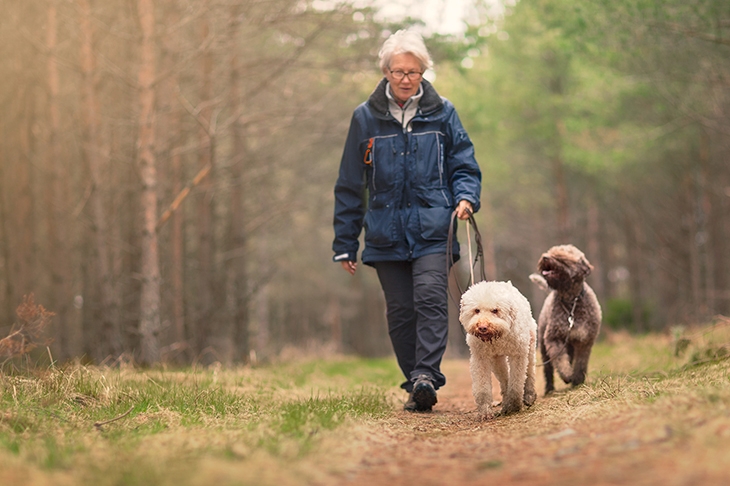IN ASSOCIATION WITH

The ability of digital technology to support better NHS healthcare delivery has been an accepted principle in government for 20 years. While there have been highs and lows over this time, the reality is that there is now a real opportunity to deliver on the rhetoric. But policy needs to keep pace with the latest technological innovations. It is time to ensure that hardworking professionals in the NHS are equipped with the digital technology that supports them to do their vital work.
One key way that new technologies could be used is to connect communities and help the many people in the UK suffering from the escalating crisis of loneliness. The government has set out an ambitious agenda to tackle loneliness and the cornerstone of the strategy is the roll-out of ‘social prescribing’ schemes, which allow GPs to direct patients to community workers offering tailored support to help tackle feelings of isolation. This is a step in the right direction, with emerging evidence suggesting that it could lead to a range of positive health and wellbeing outcomes. Studies have pointed to improvements in areas such as quality of life and emotional wellbeing, mental and general wellbeing, and levels of depression and anxiety. Social prescribing schemes may also lead to a reduction in the use of NHS services.
The policy could now be significantly improved by harnessing the latest technology and extending the scheme to become ‘social and digital prescribing’. By featuring digital devices in social prescribing schemes, the NHS would open the door to patients benefitting from a host of life-enhancing technologies already out there, and could be used to increase social interaction and tackle loneliness.
At Vodafone, we developed the V-SOS Band to support independent living and provide peace of mind. The band simply sits on a user’s wrist like a watch and comes with fall detection technology and an SOS system that is significantly more advanced than in previous devices. The lens colour of the band turns red once an alert has been sent, changing to amber to let the user know it has been received by a designated contact – a family member or friend, for example. When the contact agrees to respond to the emergency, the lens turns green. It is part of the V by Vodafone range, launched last year, which aims to offer people a number of ‘Internet of Things’-connected devices to use in and out of the home.
We have also supported No Isolation, a Norwegian firm who have developed a robot designed to reduce the risk of young people with long-term illnesses becoming socially isolated. Controlled by an app on a smartphone or tablet, the robot acts as a child’s eyes, ears and voice at school and in the outside world. Jade became the first UK user of AVI in 2017 and got used to using it in the holidays, when her dad would take it to the shops for her. ‘It sounds trivial, but when life doesn’t have days or nights and you can count the people you see in an average week on one hand, being able to see Tesco is like traveling to the moon,’ she says. The app also allows children and young adults with long-term illness be in their hospital bed and in the classroom at the same time.
A number of other approaches have been trialled, using technology to facilitate social interaction. They include videoconferencing, virtual befriending schemes and apps that aim to improve access to information about local activities and groups.
It is clear is that public health crises such as loneliness demand radical action and innovative solutions. The 2018 government loneliness strategy found that up to a fifth of all UK adults feel lonely most or all of the time, while our 2019 report, Harnessing Technology to Tackle Loneliness, helped to shed further light on the crisis. Our research revealed that the annual cost of loneliness to the UK economy in the over fifties is £1.8 billion. Yet despite the range of new digital devices available and the evidence pointing to their effectiveness in combatting loneliness, not enough has been done to utilise their potential and to encourage their uptake.
With government backing, health professionals are heading in the right direction when it comes to embracing digital innovation. But they could go much further in opening the door to digital devices to tackle loneliness. A revised definition of social prescribing, with a focus on using digital technology, would help patients to benefit from the potentially life-saving products that have already been developed. Giving GPs the power to prescribe technology would also encourage innovative firms to develop vital devices that could further fuel the digital revolution.
Anne Sheehan is Business Director of Vodafone UK
IN ASSOCIATION WITH







Comments